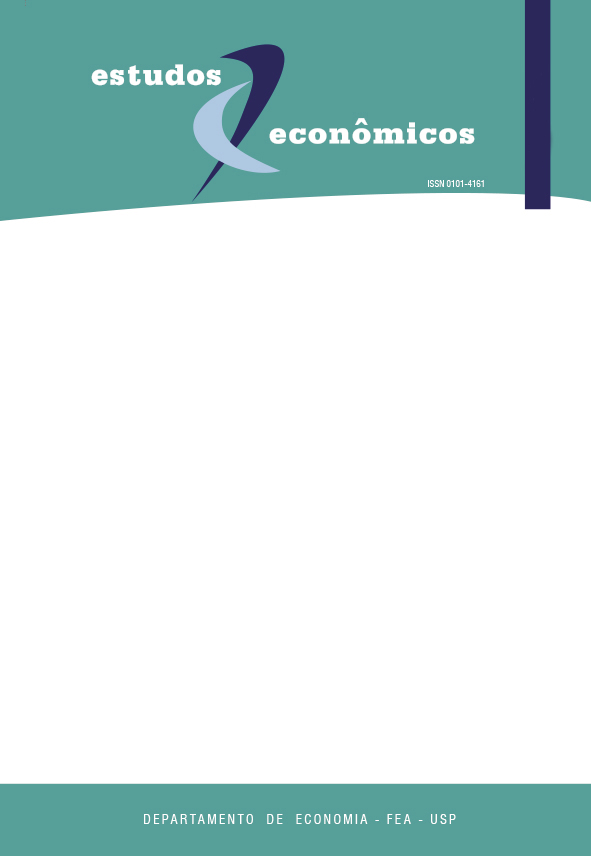Tax reform: the macroeconomics and setorial effects of PEC 233/2008
DOI:
https://doi.org/10.1590/S0101-41612011000200011Keywords:
tax reform, efficiency, simplification, general equilibrium, welfareAbstract
In spite of a disappointed historical, the Brazilian government sent a new tax reform proposal to the National Congress, PEC 233/2008. The proposals unify some of the federal consumption taxes into a federal VAT, simplifies ICMS legislation, reduce investment and social securities rates and rates applied to essential goods. In order to analyze this change, it was constructed a general equilibrium model with 55 firms of the economy. The results suggest a moderate expansion of aggregate output, consumption, employment and investment with a little loss in revenues and a gain in welfare. Also, we have substantial changes in sectorial output, with a tendency of increasing the share of farm and industrial sectors in detriment of services.
Downloads
References
BRASIL, Ministério da Fazenda. Cartilha Reforma Tributária. Disponível em http://www.fazenda.gov.br/portugues/documentos/2008/fevereiro/Cartilha-Reforma-Tributaria.pdf/
CHRISTIANO, L.; EICHENBAUM, M.; EVANS, C. Nominal rigidities and the dynamic effects of a shock to monetary policy. NBER Working Paper 8.403, 2001.
INSTITUTO BRASILEIRO DE GEOGRAFIA E ESTATÍSTICA (IBGE). Sistema de Contas Nacionais 2004 - 2005. Rio de Janeiro, 2007.
RAMSEY, F. A contribution to the theory of taxation. Economic Journal 37: 46-61, 1927.
ROTEMBERG, J.; WOODFORD, M. Dynamic general equilibrium models with imperfectly competitive product markets. In Frontiers of Business Cycle Research. ed. Thomas F. Cooley, p. 243-293, Princeton University Press, 1995.
Downloads
Published
Issue
Section
License
Copyright (c) 2011 Nelson Leitão Paes

This work is licensed under a Creative Commons Attribution-NonCommercial 4.0 International License.
By submitting an article, the author authorizes its publication and attests that it has not been submitted to any other journal. The original article is considered final. Articles selected for publication are proofread for grammatical and orthographic errors. The journal does not pay rights for published articles. The Institute of Economic Research from the School of Economics, Business and Accounting of the University of São Paulo (Instituto de Pesquisas Econômicas da Faculdade de Economia, Administração e Contabilidade da Universidade de São Paulo) owns the journal's copyright.




